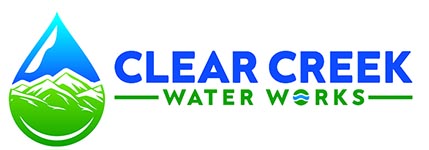Final Barrier treatment
Protect Your Family
When water leaves a municipal treatment facility, it meets all the guidelines of the Safe Drinking Water Act. But, the water coming out of your faucet may not. Water travels a long distance to reach your home or business. It typically goes from a water treatment facility, to a water tower, through miles of pipes, to your home where it goes through your home’s plumbing, and finally to your faucet. Furthermore, many consumers have older or contaminated water pipes in their home which, unknown to them, can decrease the quality of their drinking water. Replacing a home’s plumbing can be costly, and providing municipal water to the requirements or needs for all residents in a community is unrealistic and can be unaffordable. And with our aging infrastructure, your home is the last line of defense. The good news is that options are available to overcome these obstacles.
The Final Barrier concept recommends the use of drinking water filtration systems to ensure quality drinking water is available at the water faucet. Use of the “Final Barrier” can address issues such as:
- Disinfection byproducts formed during treatment and delivery to homes
- Corrosion products from the distribution system
- Corrosion or other products from unknown sources in home plumbing
- Contaminant intrusions into the system from distribution line breaks
- Trace levels of unregulated contaminants such as endocrine disruptors
Final Barrier treatment is the right solution for many communities and their residents.
- The Final Barrier controls the water quality at the point of use. Technologies are currently tested, certified, and available for use by consumers to economically treat the 1% of water for drinking to the highest safety levels at the point where water is consumed.
- Drinking water treated with a certified system provides water that exceeds the Safe Drinking Water Act so it is better for people with special needs such as pregnant women, babies, immune-suppressed individuals and the elderly.
- Several municipalities have found it more cost-effective to subsidize “Final Barrier” in-home systems rather than pay for centralized water treatment or installing new water pipes or treatment facilities.
Every household faces different water issues and a myriad of possible concerns. With the condition of our aging infrastructure, it pays for us to be prepared. You may need to do some home testing and research to find out what contaminants you may be facing. Or consider calling in a trained professional whose expertise and equipment will pinpoint your areas of concern and offer you solutions.
With products that are right for you, you can build your Final Barrier.

